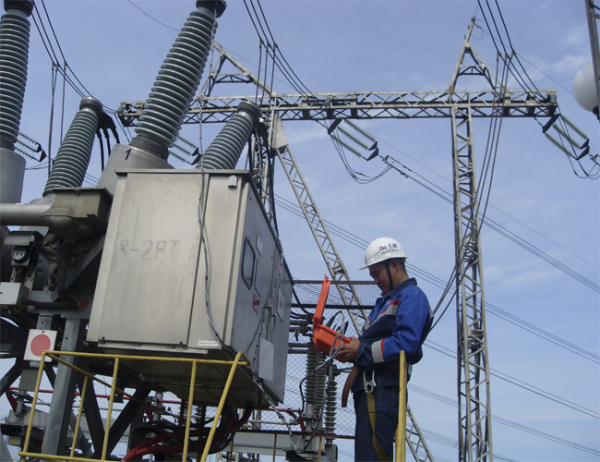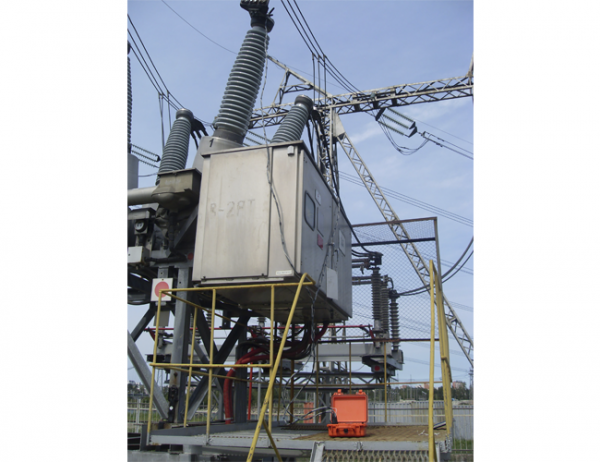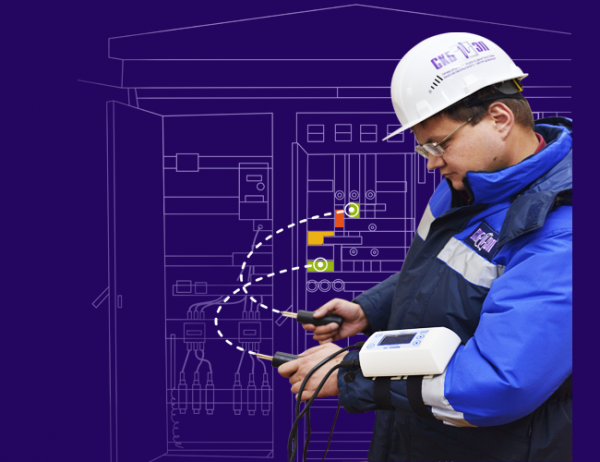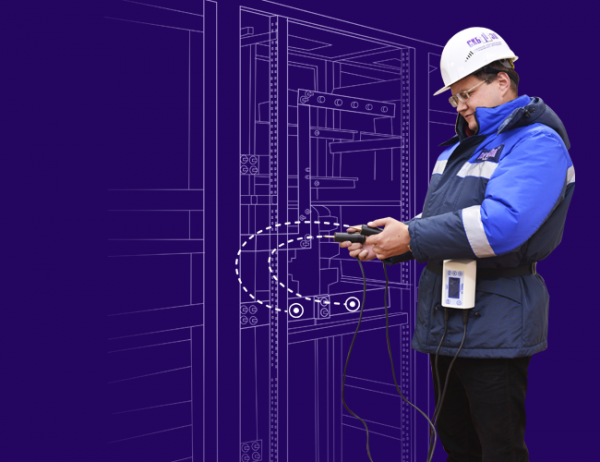Modern MIKO microohmmeters to measure transient resistance
The market of instrumentation currently offers a wide range of instruments to measure transient contact resistance. These instruments differ in operation principles, metrology characteristics, automatization degree, dimensions, weight, and price. MIKO microohmmeters and milliohmmeters manufactured by SKB EP have approved their efficiency. That's why to date they have their own market niche. The Company continuously updates available products range, that is complited with two new microohmmeters: MIKO-10 and MIKO-21.
Both analyzers are intended to measure transient resistance of rewireable and non-rewireable electric connections and for measuring the transient resistances of the main contacts of high-voltage (HV) circuit-breakers.
Performances of MIKO-10 and MIKO-21 microohmmeters
|
Performance |
Analyzer |
|
| MIKO-10 |
MIKO-21 |
|
|
Range of measurements, mkOhm |
from 1 to 20 ×103 |
from 1 to 2×106 |
| Current amperage |
1 and 10 |
from 1 to 200 |
|
Minimum relative error, % |
0.2 |
0.05 |
|
Measurement unit weight, kg |
0.5 |
3.1 |
|
Measurement unit dimensions |
150×110×55 |
270×250×130 |
Transient resistances of contacts in the bulk-oil and live-tank circuit breakers are measured in different automatic modes. The MIKO has a special mode for measuring the resistance of main contacts of bulk-oil circuit breakers equipped with built-in current transformers that takes into account the transient process of the test current stabilization that occurs at the moment of current feed. Transient process does not occur in the live-tank circuit breakers during measuring the contacts resistance, therefore, the measurements are performed using a different, faster mode.
Amperage is not of secondary importance when choosing a microohmmeter. Transient resistance of oxidized contact connections is known to depend on the amperage of current flowing through this connection. Therefore, resistance measured on the low current may turn out to be overvalued as compared to the results of measurements obtained at high current. At present the circuit breaker manufacturers are rating the current amperage at which the transient resistance should be measured, and it lies in the range of 50-200A.
MIKO-21 is a mobile, well protected (a composite case is provided) high-precision analyzer (error does not exceed ± 0.05%, eight-hour instability is less than 0.005%) at a price of an industrial microohmmeter. High precision allows its use for laboratory studies and measurements, e.g.:
- Measurement of a temperature coefficient of resistance of stable resistors and bridges made of any metal;
- Measurement of specific resistance of metal samples;
- Determination of the length and weight of a wire or cable reel without its unwinding and weighing;
- Check of adequacy of the wire cross-section received from a manufacturer.
The MIKO-21 producer provides procedures of those measurements.
When measuring at a substation the instrument is placed either near the circuit breaker or on the lift platform. For the latter case the light-weight cables are available for all classes of voltages. For example, for 750kV circuit breakers the total length of two cables does not exceed 10m, the weight being less than 4 kg at 200A current.
The MIKO-21 microohmmeter connected to the ALSTOM HGF-1012, 110kV, SF6 bulk-oil circuit breaker
Four methods of measurements start-up have been programmed in the MIKO-21: "Single" measurement is started by pushing the Start button located on the front panel of the analyzer; "Against the circuit closing" measurement is started-up after electric contact occurs between the measured circuit, current and potential contacts of a test cable, information being displayed; "Regular" measurement is started up in pre-specified time intervals. This mode can be used for items rejection. "Regular circuit" measurement is intended for automatic regular start-up against the test circuit closing.
The instrument integrates an archive of reference (passport) values of HV circuit breakers, including the maximum and/or minimum allowable value of transient resistance of contacts, as well as passports for rejected resistors with indication of allowable values of the upper and lower resistance thresholds. Owing to availability of an in-built archive of passport values of electric resistances the analyzer automatically determines whether the result of measurements exceeds the allowable limits, and gives and alarm.
MIKO-21 has a color graphic display of high brightness; the instrument can be manipulated (optionally) either from a film key-board or from a sensor display.
MIKO-10 is a portable, small-size analyzer, its ergonomics being one of its benefits. The microohmmeter can be comfortably fastened of the wrist, fixed by a tighten belt thus making both hands free when climbing up or connecting the test probes to the tested circuit. The analyzer can also be easily removed from the wrist and fastened to the belt, hung on the neck or placed on any flat surface.
Due to relatively low current (10A) the MIKO-10 microohmmeter is mainly intended for testing the contact connection with low oxidation. If the result of transient resistance measurements does not exceed the reference (passport) value of a circuit breaker, it means that the contacts are poorly oxidized, and the result is correct. If the measured value exceeds the reference one, you should not be in a hurry to reject the circuit breaker. Perform the second measurement at the current less than 50A. With the microohmmeters for 1-2A current such circumstances occur more often as such currents are not capable to considerably reduce higher resistance of an oxidized film of contacts.
MIKO-10 integrates three modes of measurement start-up: "Single" start-up when the measurement is started against the user command; "Automatic" start-up means automatic start-up of measurements against the test circuit closing; and "In-built CT" start-up for measuring the transient resistance of HV circuit-breaker with in-built current transformers. The measurements are started against the user command.
The instrument kit includes test cables both with ‘crocodile’ clips or easily fastened G-clamps furnished with high-quality contacts made of beryllium copper, and clamps of "pin-type, spring-loaded double probes" type. The latter allow multiple measurements on busduct lines, connections in pipelines, metal housings of aircrafts, etc. For heavily soiled or painted surfaces there is an option of probes rotating when being pressed.
Both analyzers can communicate with PC via USB, which allows classification and storage of the results of measurements in the computer memory, development of the reports on measurements, automatic saving of the results of measurement in the non-volatile memory of the analyzer, which allows data analysis and entering into the protocol of measurements. There is an in-built battery. There is also a function of compensating the external thermal inductance for raising the accuracy of measurements.

 Русский
Русский
 Français
Français
 Chinese
Chinese




